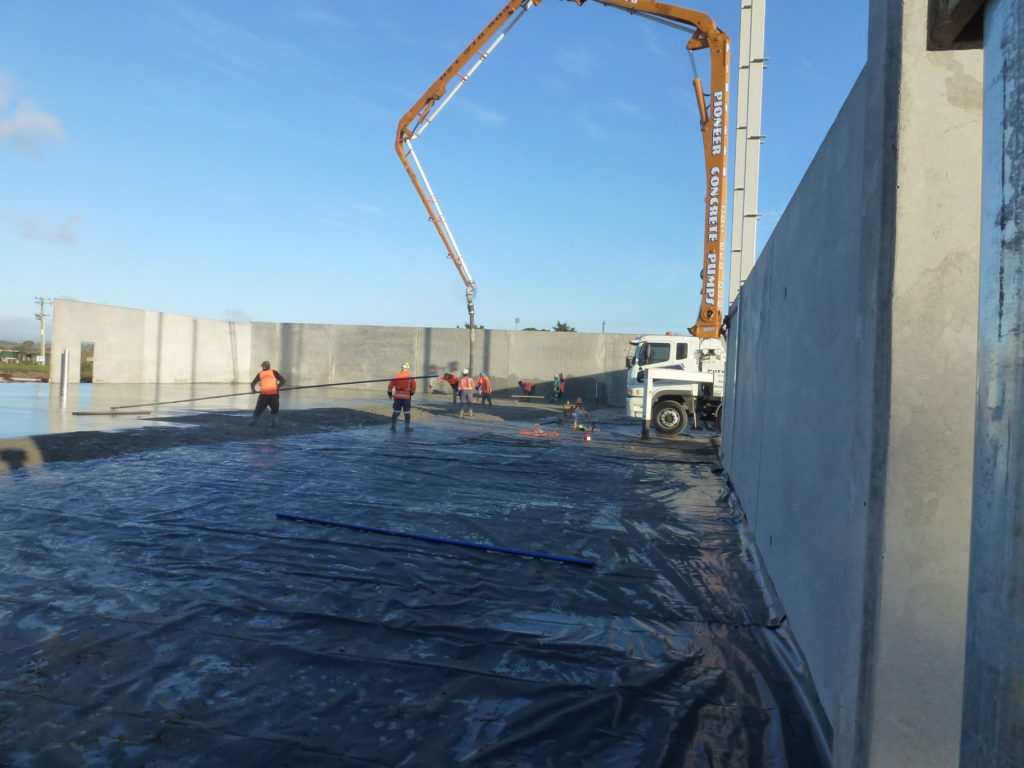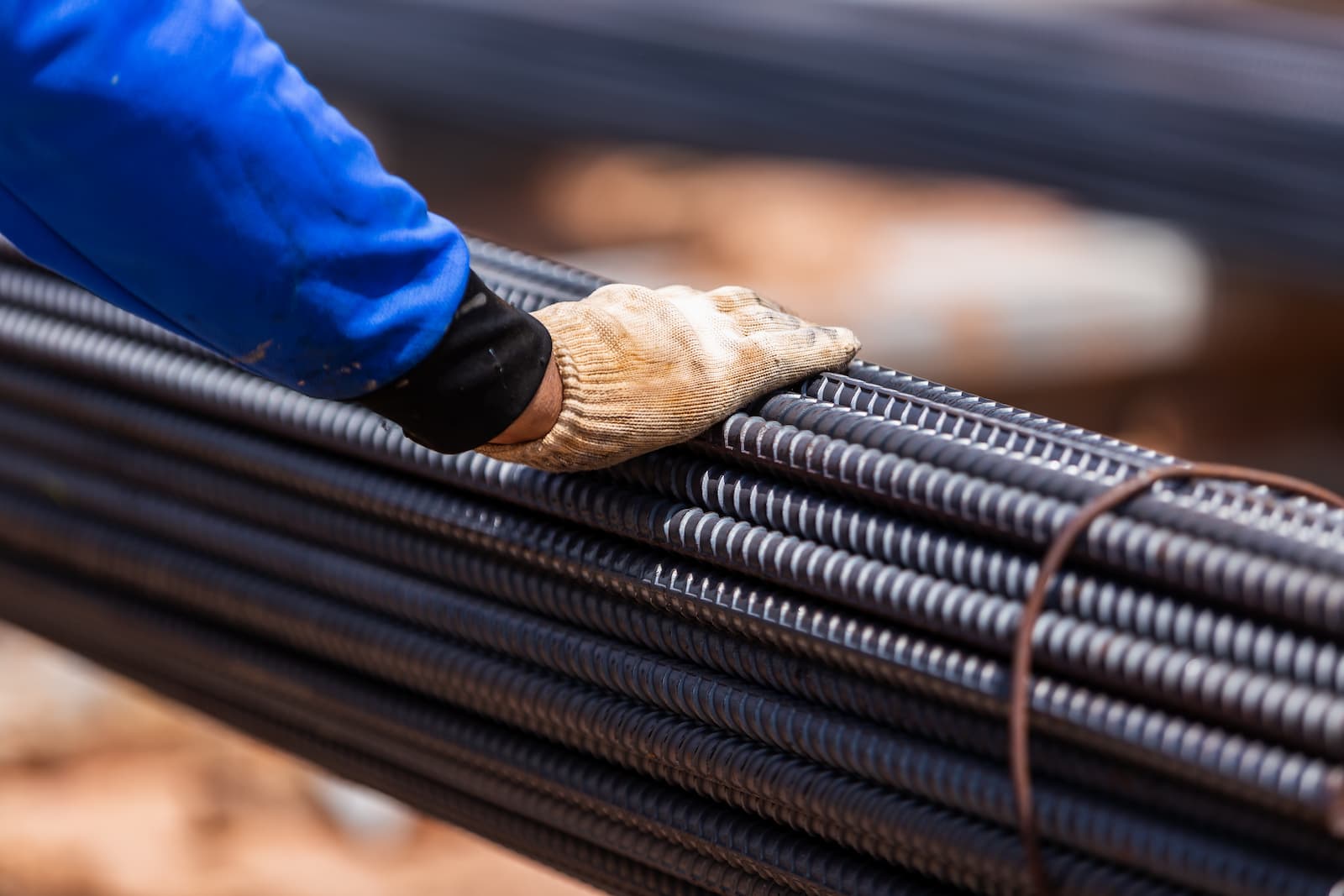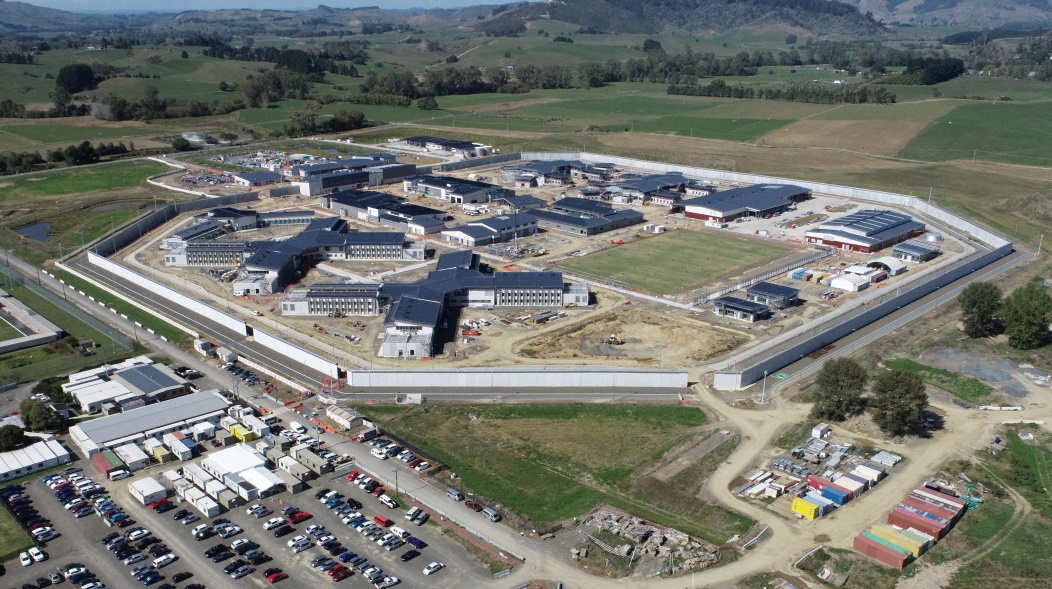A common concern when using steel or synthetic fibre reinforcing in concrete is ‘floating’ of the fibres to the concrete surface.
The action of ‘floating’ is caused by the settling of the heavier concrete materials while the concrete is still in a fluid state. The fibres seperate from the fluid concrete mixture.
After the concrete has hardened, synthetic fibres potentially give the concrete slab a hairy appearance (unless the fibres breakdown from UV light like RADFORCE synthetic fibres) and steel fibres are exposed on the surface subjecting the slab to ‘rust spotting’.
An unconventional method for removing these fibres is burn them off (synthetic) or grind them off (steel). This retroactive method can cause premature cracking, flaking, and deterioration of the concrete surface; leading to a concrete that is less resilient to physical and chemical attack.
Instead of dealing with the fibres after the concrete has hardened; the concrete mixture can be adjusted to create fluid properties for both finishing as well as limiting the separation of synthetic fibres to the concrete surface. Listed are three of the many methods out there for adjusting the concrete mixtures to accommodate reinforcing fibres:
– Optimizing the rock and sand combinations to create a concrete that has specified slump without a lower amount of cementitious paste
– Adding to the concrete mixture a viscosity modifying admixture like colloidal silica or xanthan gum
– Reduce the slump and fluid nature by decreasing the amount of water and water-reducer in the concrete mixture
While these methods require a bit more time to accommodate synthetic fibres, the end result is a concrete that is stronger and lasts longer to physical and chemical attack.
Let us know what concrete fibre questions you have before your project.
Written by Jon S. Belkowitz, PhD





